[ 3967] BIBLICAL COIN - FIRST JEWISH WAR Bronze Prutah (18mm, 3.2gm.), Jerusalem, Year 2=67/68 A.D. Reference: Hendin 661. Paleo-Hebrew "year two", Amphora with broad rim and two handles. Paleo-Hebrew "the freedom of Zion", Vine leaf on small branch with tendril. Provided with certificate of authenticity. CERTIFIED AUTHENTIC by Sergey Nechayev, PhD - Numismatic Expert The First Jewish–Roman War (66–73 CE), sometimes called The Great Revolt (Hebrew: המרד הגדול, ha-Mered Ha-Gadol, Latin: Primum Iudæorum Romani Bellum.), was the first of three major rebellions by the Jews of Judaea Province (Iudaea), against the Roman Empire. The second was the Kitos War in 115–117 CE; the third was Bar Kokhba's revolt of 132–135 CE). The Great Revolt began in the year 66 CE, originated in the Greek and Jewish religious tensions, later escalated due to anti-taxation protests and attacks upon Roman citizens. The Roman military garrison of Judaea was quickly overrun by rebels and the pro-Roman king Agrippa II fled Jerusalem, together with Roman officials to Galilee. Cestius Gallus, the legate of Syria, brought the Syrian army, based on XII Fulminata, reinforced by auxiliary troops, to restore order and quell the revolt. The legion, however, was ambushed and defeated by Jewish rebels at the Battle of Beth Horon, a result that shocked the Roman leadership. The experienced and unassuming general Vespasian was then tasked with crushing the rebellion. His second-in-command was to be his son Titus. Vespasian was given four legions and in 67 CE invaded the Galilee, working his way towards Jerusalem and destroying the rebel forces on the way. After a lull in the military operations, owing to civil war and political turmoil in Rome, Titus besieged and destroyed the center of rebel resistance in Jerusalem in the year 70 CE, and defeated the remaining Jewish strongholds later on. Outbreak of the rebellion According to Josephus, the violence, which began at Caesarea in 66, was provoked by Greeks sacrificing birds in front of a local synagogue. The Roman garrison did not intervene and the long-standing Hellenistic and Jewish religious tensions took a downward spiral. In reaction, one of the Jewish Temple clerks Eliezar ben Hanania ceased prayers and sacrifices for the Roman Emperor at the Temple. Protests over taxation joined the list of grievances and random attacks on Roman citizens and perceived 'traitors' occurred in Jerusalem. The Jewish Temple was then breached by Roman troops at the order of Roman governor Gessius Florus, having seventeen talents removed from the treasury of the Temple, claiming the money was for the Emperor. In response to this action, the city fell into unrest and some of the Jewish population began to openly mock Florus by passing a basket around to collect money as if Florus was poor. Florus reacted to the unrest by sending soldiers into Jerusalem the next day to raid the city and arrest a number of the city leaders, who were later whipped and crucified, despite many of them being Roman citizens. Shortly, outraged Judean nationalist factions took up arms and the Roman military garrison of Jerusalem was quickly overrun by rebels. Fearing the worst, the pro-Roman king Agrippa II and his sister Berenice fled Jerusalem to Galilee. Judean militias later moved upon Roman citizens of Judaea and pro-Roman officials, cleansing the country of any Roman symbols. In response to the unrest in Judaea, Cestius Gallus, the legate of Syria, assembled the Syrian legion XII Fulminata and auxiliary troops as reinforcements, a total of 30,000 troops, to restore order in the neighbouring province. Gallus first reached Acre in Galilee, and then marched on Caesarea and Jaffa, where he massacred some 8,400 people. The Syrian legion captured Narbata and also took Sipporis, which surrendered with no fight. The Judean rebels, who withdrew from Sipporis, took refuge at Atzmon hill, but were defeated following a sho ...
Mehr...

|
Beigetragen von:
anonymous 2015-08-19 |
Similar Coin Groups
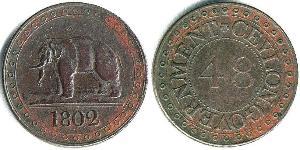
1 Stiver Königreich Großbritannien (1707 ...
Diese Gruppe hat 7 Münzen / 5 Preise
Add coin to this group
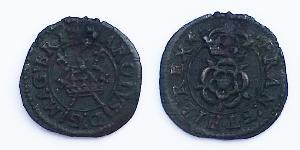
1 Farthing Königreich England (927-1649, ...
Diese Gruppe hat 2 Münzen / 1 Preise
Add coin to this group
2025-05-24
- New coin is added to 1 Ducat Republik der Sieben Vereinigten Provinzen (1581 - 17 ...
1 Ducat Republik der Sieben Vereinigten Provinzen (1581 - 17 ...
Diese Gruppe hat 101 Münzen / 99 Preise
⇑
1758, Netherlands, Holland. Beautiful Gold Knight Ducat Coin. (XF-AU!) 3.49gm! Mint Year: 1758 State: United Provinces Mint Place: Dordrecht (Holland) Denomination: Gold Knight Ducat Re ...
2025-05-25
- New coin is added to 2 Liard Austrian Netherlands (1713-1795) Kupfer
2 Liard Austrian Netherlands (1713-1795) Kupfer
Diese Gruppe hat 3 Münzen / 3 Preise
⇑
1777, Austrian Netherlands, Maria Theresa. Copper 2 Liards (2 Oorden) Coin. VF- Mint Year: 1777 Reference: KM-29. Denomination: 2 Liards (2 Oorden) Mint Place: Brussels (cupid´s head) ...
Das könnte Sie auch interessieren:

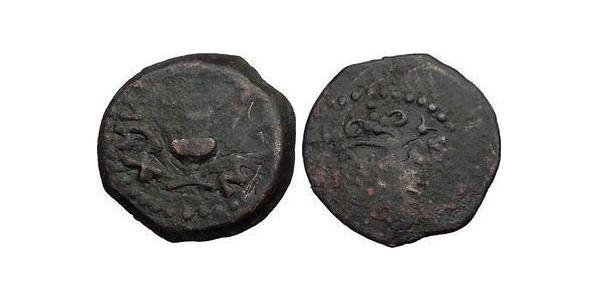






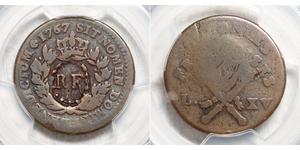

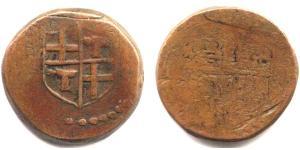

-300-150-iaoKbzbi3hIAAAFPcVgA8IfU.jpg)
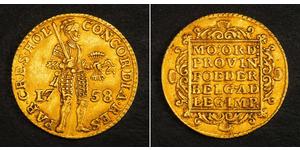
-300-150-zTgKbzbixN4AAAFSpQBzJO3T.jpg)






